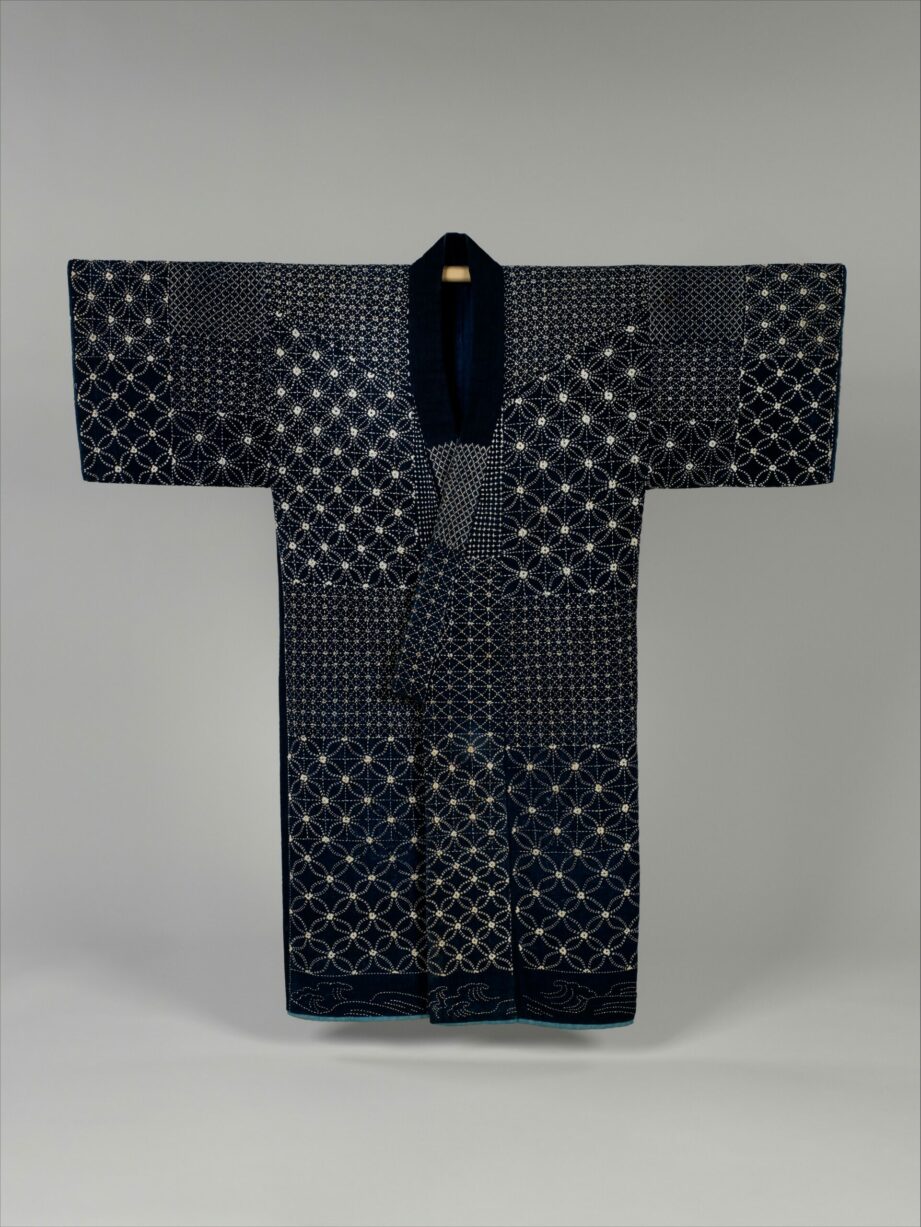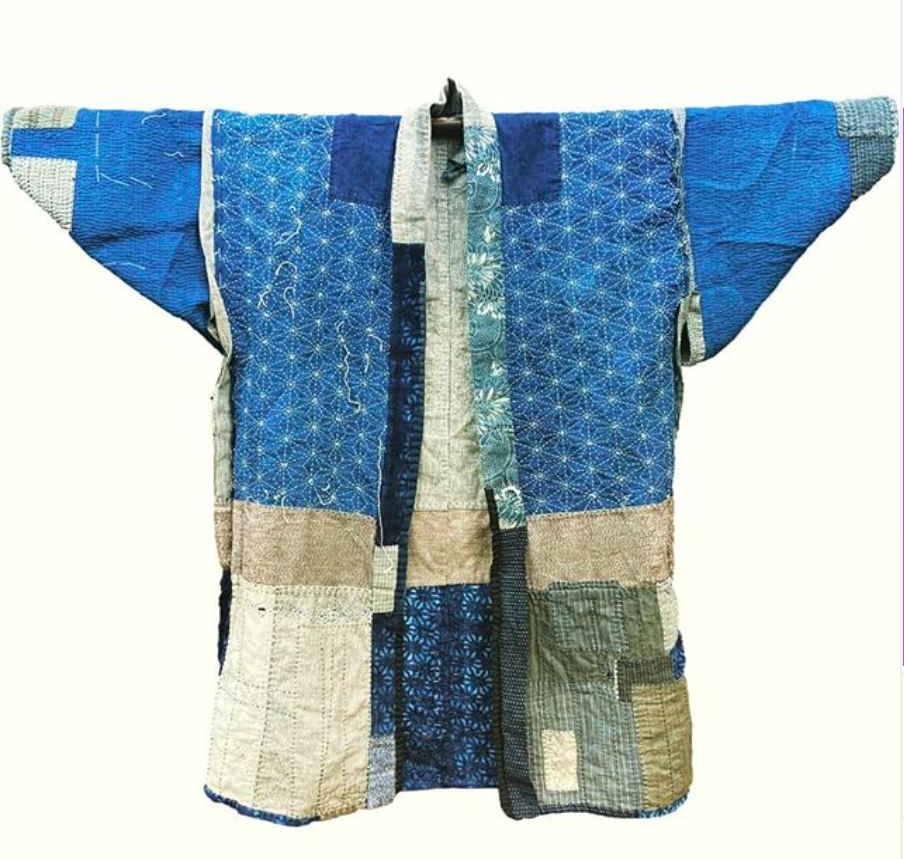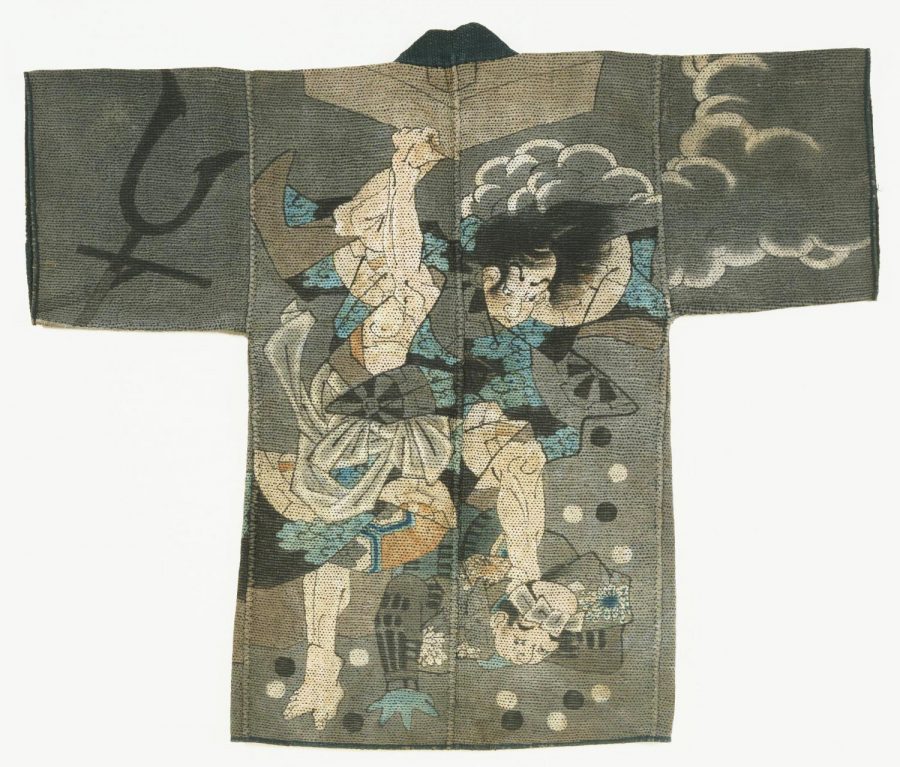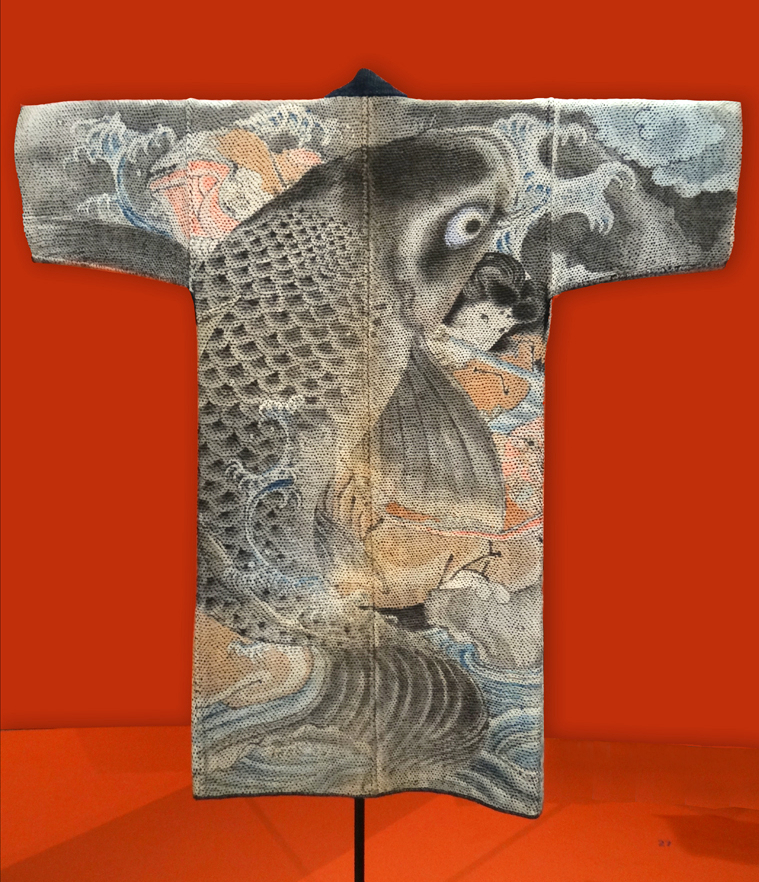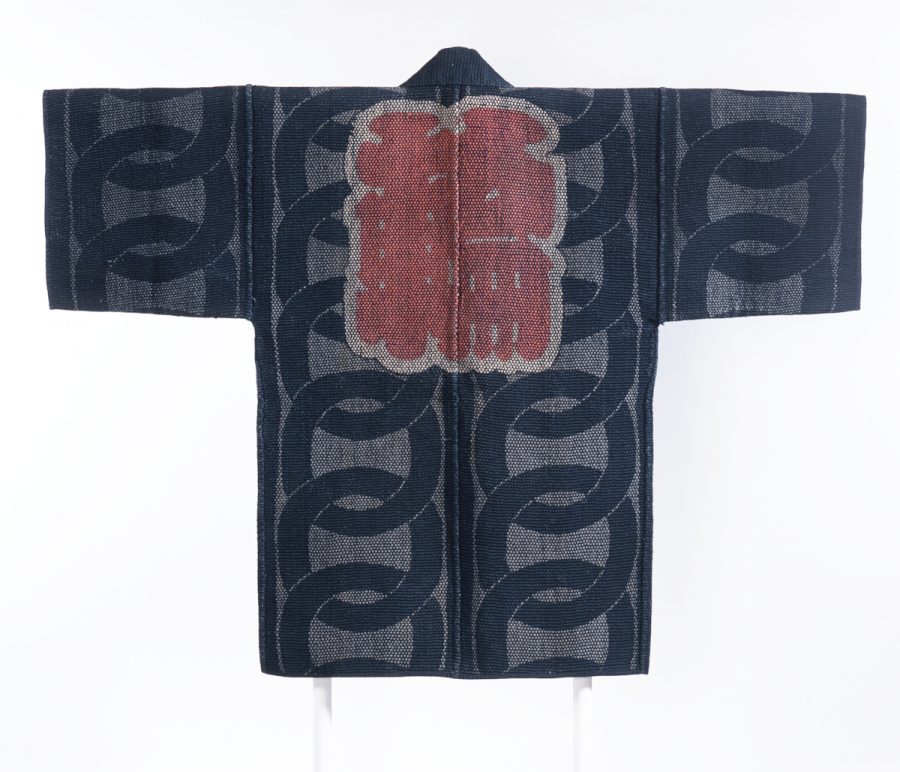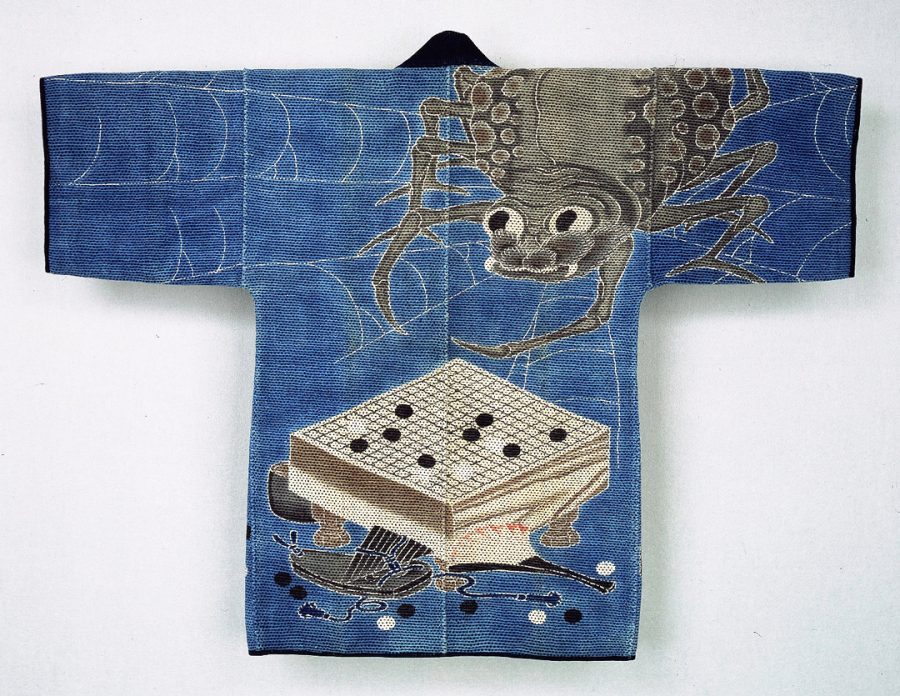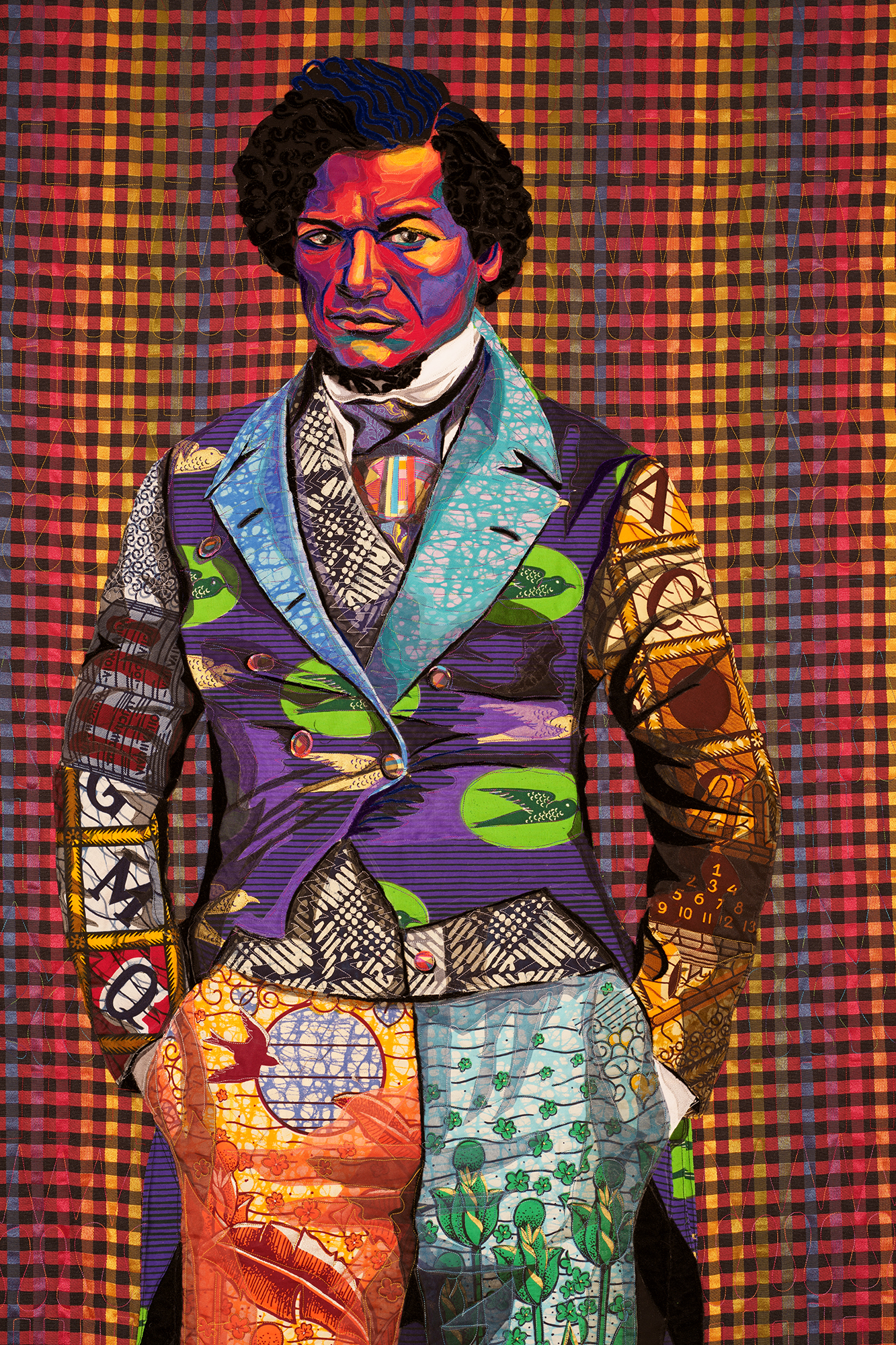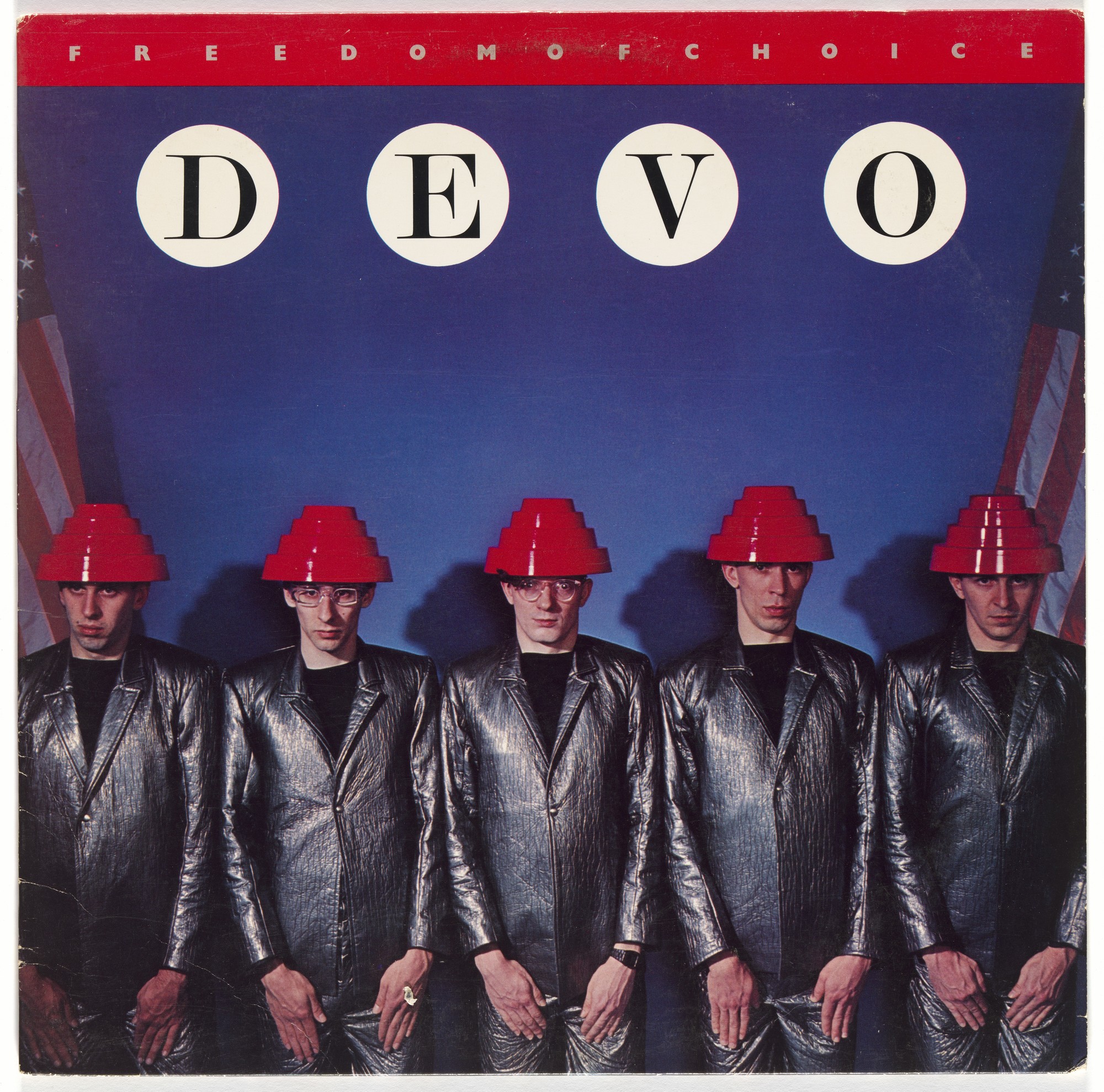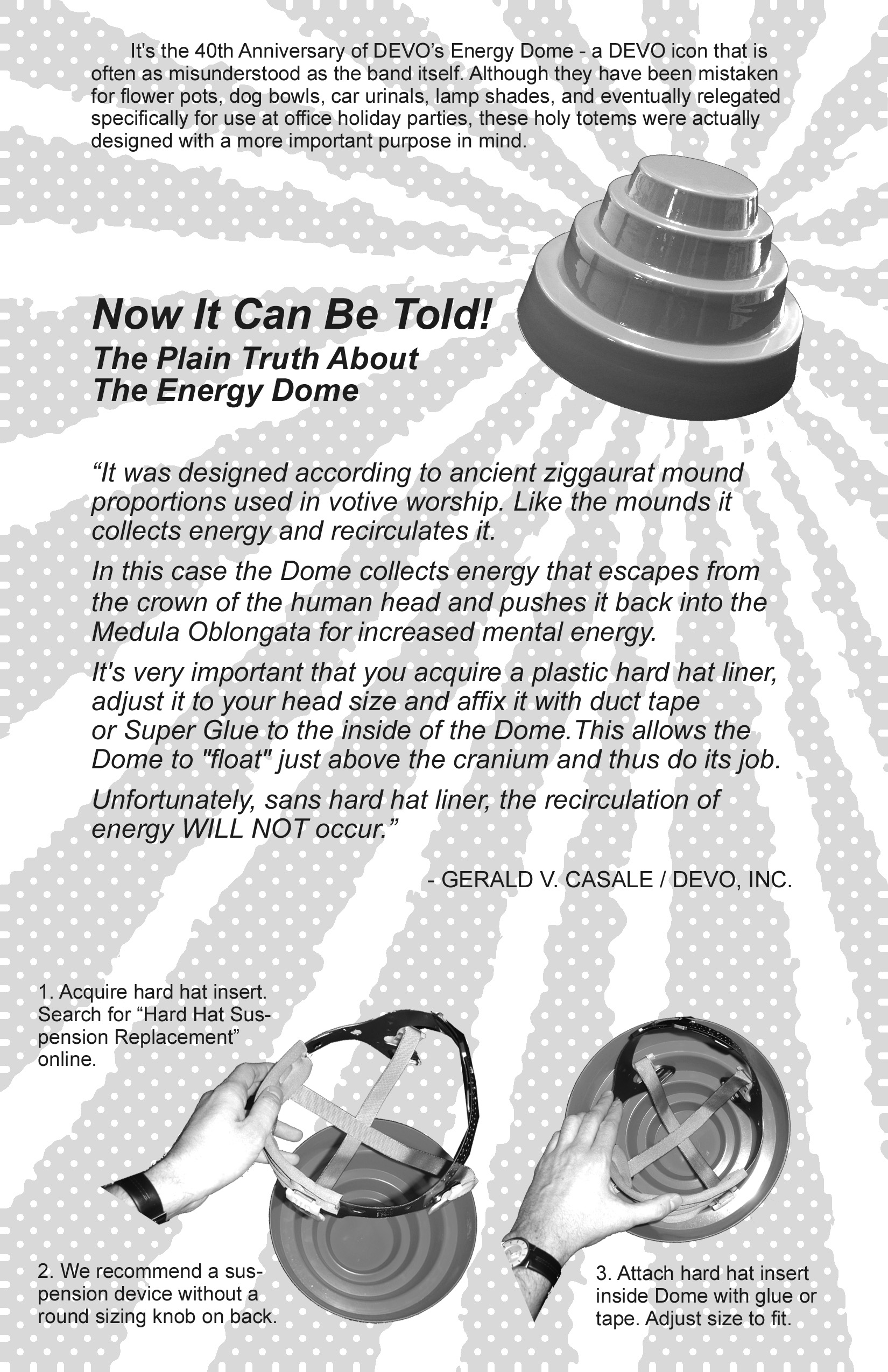Experimental director and animator Paul Bush’s 2015 short film The Five-Minute Museum, above, is the dizzying antidote to standing, footsore, in front of a vitrine crowded with Ancient Greek amphoras or exquisitely crafted pocket watches and wondering, not about history, culture or the nature of time, but whether you can justify spending $15 for an underwhelming cheese and tomato sandwich in the museum cafe.
It’s a breakneck stop motion journey through the history of civilization via six museum collections—three in London and three in Switzerland.
Presented primarily as stills that flash by at a rate of 24 per second, Bush groups like objects together, “thereby allowing the triumphs of human endeavor to be seen even in far corners of the land, by the bedridden, the infirm and the lazy.”
His sense of humor asserts itself the minute an assortment of ancient shards appear to render themselves into not just a state of wholeness, but an entire up close society in close-up. It doesn’t take long for these vessels’ clashing of warriors to give way to a composite portrait of idle youth, whose flirtations are stoked by a number of manic pipers in rapid succession, and Andy Cowton’s original music and sound design.
It’s a shock when Bush slows down and pulls back to show the source objects in their museum cases, quiet as a tomb, the sort of display most visitors blow past en route to something sexier, like a dinosaur or a blockbuster exhibit requiring timed entry tickets.
Other highlights include a lively assortments of guns, hats, chairs, and plastic toys.
If you start feeling overwhelmed by the visual intensity, don’t worry. Bush builds in a bit of a breather once you hit the clocks, the bulk of which presumably hail from the Beyer Clock and Watch Museum in Zurich.
The ingenious animated short was 10 years in the making, a fact the artist modestly downplays:
It’s very simple. Simple story, a simple technique and that’s what I like. Poetry should be a little bit stupid. This is what Pushkin says, and I try and make my films a little bit stupid as well.
In addition to the Beyer Clock and Watch Museum, you’ll find the featured artifacts housed in the British Museum, the Victoria and Albert Museum, London’s Museum of the Home (formerly known as the Geffrye Museum) as well as the Lucerne Historical Museum and the Bern Historical Museum.
Expect a much slower experience.
via Aeon
Related Content:
A Virtual Tour Inside the Hayao Miyazaki’s Studio Ghibli Museum
Watch Art on Ancient Greek Vases Come to Life with 21st Century Animation
Take a Virtual Tour of 30 World-Class Museums & Safely Visit 2 Million Works of Fine Art
Ayun Halliday is an author, illustrator, theater maker and Chief Primatologist of the East Village Inky zine. Help yourself to her free downloadable poster series, encouraging citizens to wear masks. Follow her @AyunHalliday.
